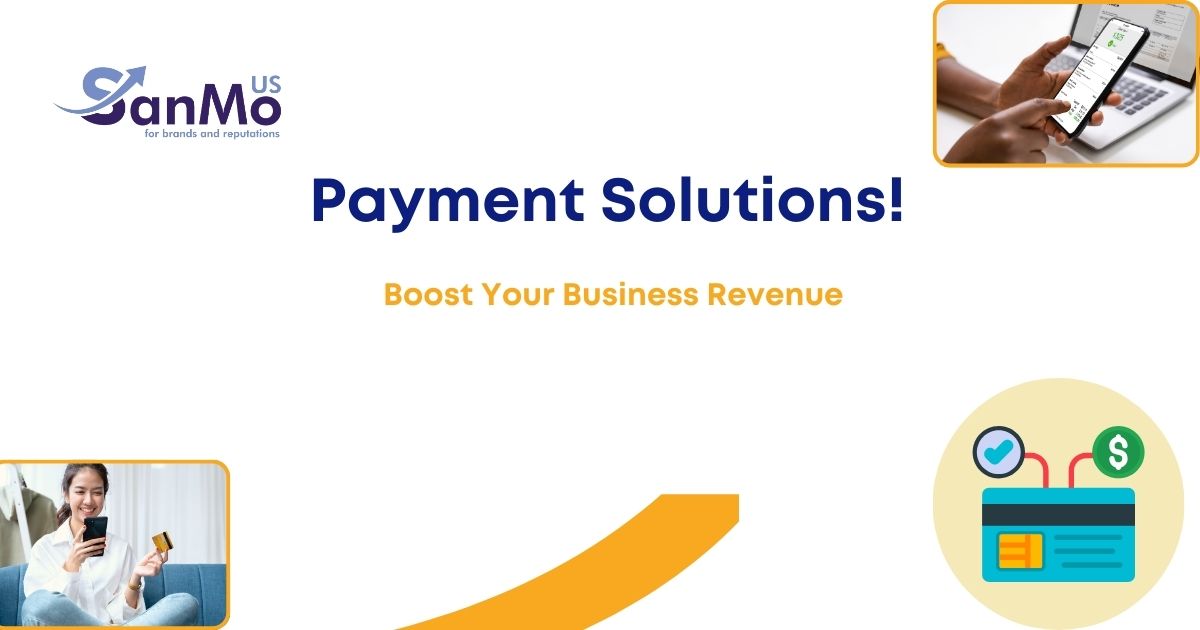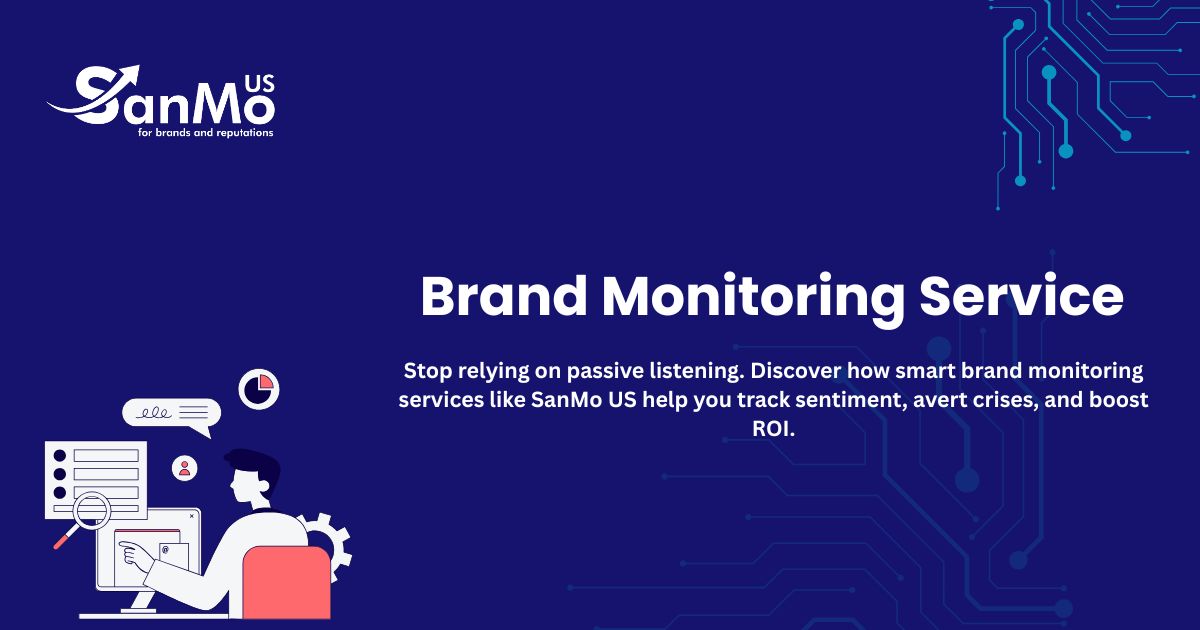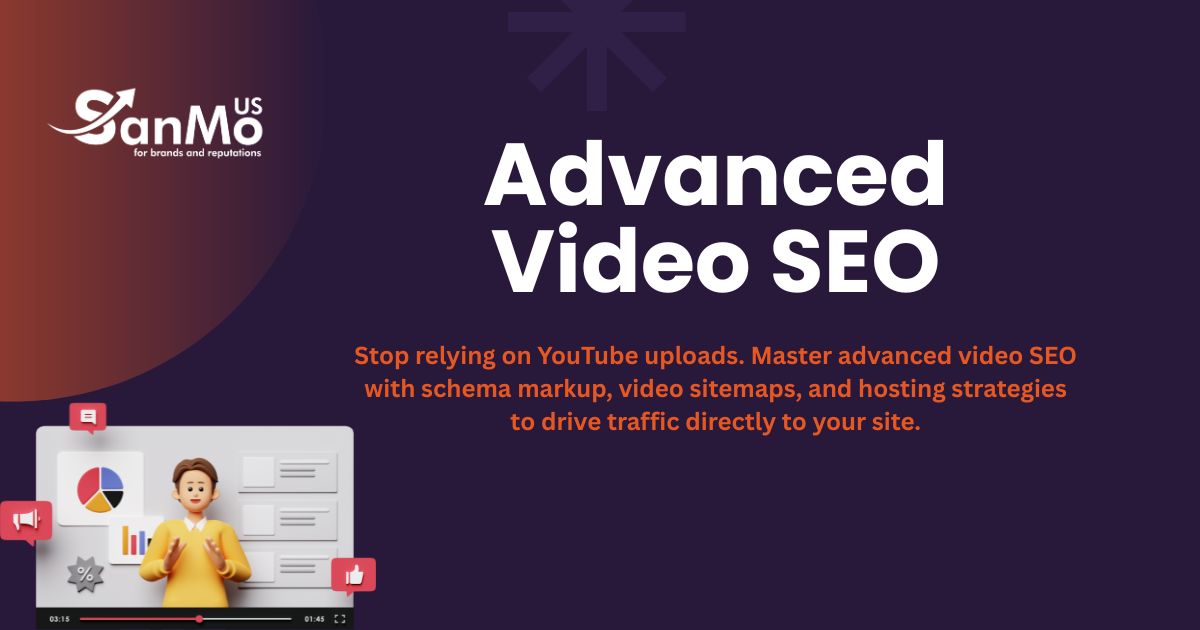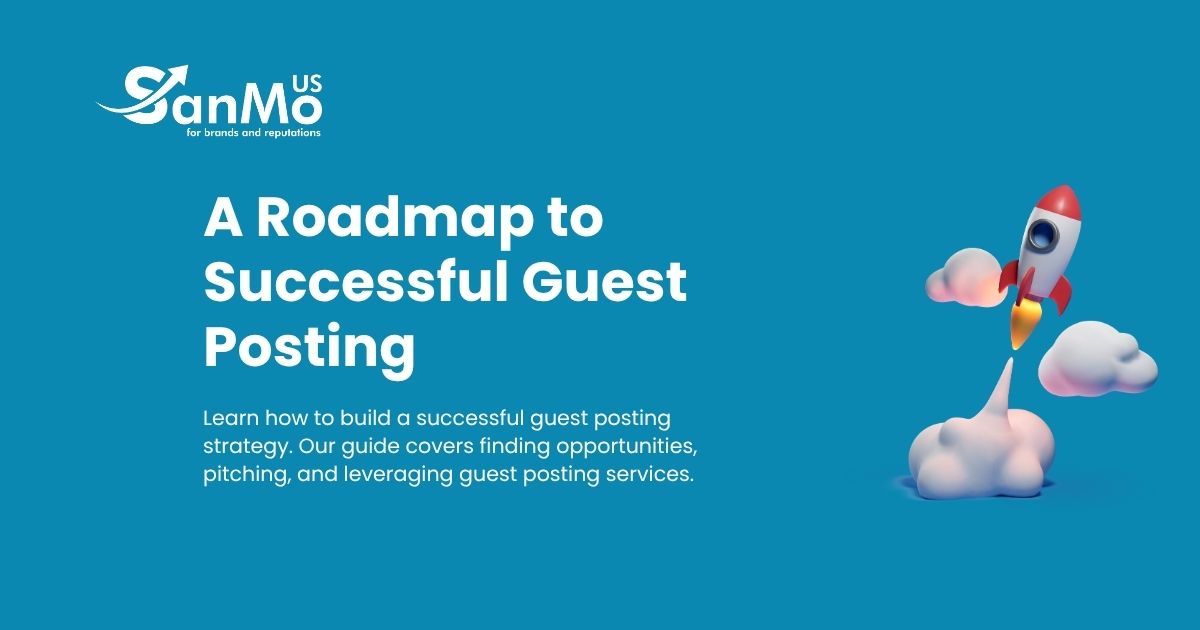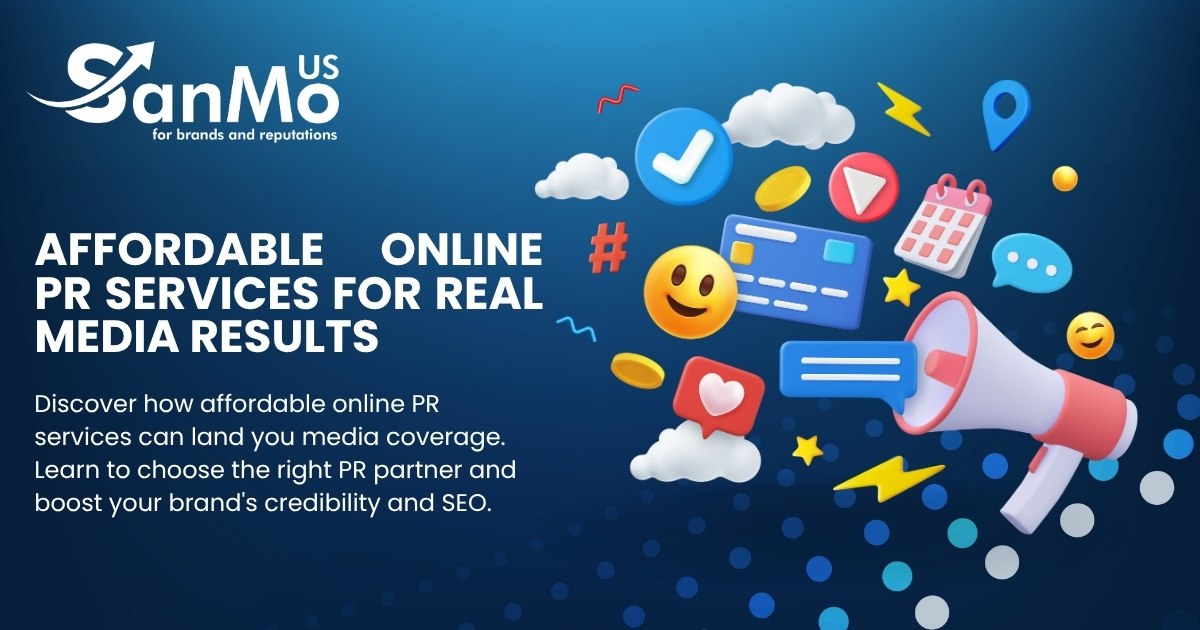Apps have transformed how we interact with technology. From socializing and shopping to managing finances and fitness, apps are the linchpins of modern digital experiences. But have you ever wondered what goes into building these tools? Let’s dive into the fascinating process of app development—where creativity meets technology.
What is App Development?
App development refers back to the complex technique of designing and creating software programs tailor-made to perform on numerous platforms, which include mobile gadgets, computer computers, and net browsers. These programs are crafted with unique purposes in mind, whether they resolve everyday troubles, provide entertainment, share information, or enhance personal comfort.
The app development journey extends past mere coding; it’s far a clever mixture of creativity, design, method, and a deep focus on personal revel (UX). Developers collaborate with designers, entrepreneurs, and product managers, pooling their expertise to convert visionary thoughts into purposeful and appealing applications. This teamwork is crucial for making sure that the final product is technically sound, resonates nicely with customers, and constantly evolves primarily based on their remarks and desires.
Critical Phases of App Development
Ideation and Research
The foundation of any hit app is its central idea. This preliminary section is important as it units the route for the complete improvement system. It involves a deep dive into brainstorming numerous ideas whilst also focusing on understanding the market panorama. Here are the crucial additives of this section:
Brainstorming Concepts: Bring together a various team to generate a huge variety of thoughts. Encourage creativity and open-mindedness, making sure each member feels comfortable sharing their mind. Utilize techniques like mind mapping or sketching to visualize potential app functionalities and functions.
Idetifying User Needs: Conduct qualitative research to discover the particular issues your audience faces. This can contain interviews, surveys, and user trying out. Understanding the pain points of potential users is paramount in shaping an app that gives real cost.
Market Research: Investigate present solutions in the marketplace. Analyze competitors to perceive each success element and gaps that your app ought to fill. Leveraging tools which include SWOT analysis (Strengths, Weaknesses, Opportunities, and Threats) can offer precious insights into how to roll your app within the aggressive panorama.2. Planning and Prototyping.
Validation of the Idea: After accumulating insights, you should determine whether or not your idea is possible. This can include building a minimally feasible product (MVP) or prototype and trying out it with customers to acquire feedback. Validating your idea early allows a decrease in the risks of investing time and resources into a concept that won’t resonate with your target audience.
Questions to Ask:
What unique hassle does the app resolve for its users?
Who constitutes the precise audience, and what are their options and behaviors?
Are there existing apps that address comparable issues? If so, what precise features or functionalities will differentiate your app from the opposition?
By engaging very well in the ideation and studies segment, you lay a strong basis for the app development procedure, notably growing the possibilities of creating a successful product.
Once the idea is refined, it’s time to map out the app’s structure. Developers and designers create wireframes or mockups to visualize how the app will look and function.
Prototyping Tools:
Several main gear stand out on the subject of designing user interfaces, which include Figma, Sketch, and Adobe XD. These structures offer designers sturdy functions that facilitate collaboration and streamline prototyping.
User Experience Design:
The success of a utility is intricately related to its typical design. An effective app feels intuitive and visually attractive and courses users effortlessly through its functions, making sure an easy and fun revel in it.
Key Design Elements:
Straightforward Navigation: Thanks to properly dependent menus and apparent methods, customers must be capable of navigating the app without confusion.
Consistent Visuals and Branding: A cohesive design language, which includes color schemes and typography, enables reinforced emblem identification and enhances consumer acceptance as true.
Accessibility Features: To make certain inclusivity, the app ought to help functions consisting of display reader compatibility and allow users to adjust font sizes, making it usable for absolutely everyone, along with people with disabilities Development (Coding).
This is where the app comes to life. Developers write the code that powers the app, frequently the use of programming languages and frameworks perfect for the platform (e.g., Swift for iOS, Kotlin for Android).
Back-cease vs. Front-give up:
The back-stop of an application is crucial because it manages the underlying infrastructure, along with databases, servers, and the elaborate enterprise good judgment that dictates how the app’s capabilities. It is the powerhouse that guarantees data is saved securely, processed correctly, and introduced accurately. On the other hand, the front end is where the person meets the app; it encompasses all that customers see and interact with. This includes the layout factors, layout, and typical consumer revel, specializing in creating an intuitive and attractive interface that enables seamless navigation and interaction.
Testing and Debugging:
Before launching an application, it undergoes an intensive and rigorous trying-out method designed to pick out and rectify any ability issues. Developers behavior numerous exams to assess the app’s overall performance across a couple of devices, ensuring it meets requirements for functionality, usability, security, and compatibility. This meticulous attention to element is vital to handing over an extraordinary product that performs reliably and securely within the fingers of customers.
Deployment and Launch:
Once the app has efficiently exceeded all exams and is ready for public use, it enters the deployment section. This includes submitting the app to famous app stores including Google Play and Apple’s App Store. During this critical stage, developers are additionally cognizant of crafting an engaging app description and shooting desirable screenshots that collectively serve to attract potential customers and inspire downloads.
Maintenance and Updates:
However, the release of the app marks the beginning of its lifecycle. Developers actively monitor consumer remarks to gauge delight, perceive issues, and ensure a clean user experience. They always work to restore insects which could get up publish-release and roll out updates to introduce new features or enhancements. This ongoing renovation is crucial for retaining the app applicable in an ever-evolving tech panorama, ensuring it meets consumer needs and expectancies over the years.
Types of Apps:
Applications may be categorized into various classes based on their intended systems and capabilities. **Native Apps**, as an example, are specifically evolved for a single platform, along with iOS or Android. These apps are designed to take full gain of the specific functions and talents of the respective operating structures, which ends up in heightened performance and an advanced user level. However, it’s miles vital to word that developing local apps commonly requires separate coding efforts for each platform, which can lead to improved development time and fees.
Web Apps:
Web programs, usually called internet apps, are a selected form of software that users access via net browsers like Chrome, Firefox, or Safari. These applications no longer require installation on a user’s tool, which drastically enhances accessibility. Users can surely go to a URL to apply the app, making it handy for brief responsibilities and on-the-cross use.
One of the standout features of internet apps is their capacity to be without difficulty updated. Since they are living on a central server instead of on character devices, developers can roll out updates without requiring customers to download and deploy new variations. This reduces the friction associated with preserving software, permitting users to continually access today’s functions and safety upgrades.
Hybrid Apps:
Hybrid programs constitute a fusion of native and web applications, taking benefit of the strengths of every kind. Unlike web apps, hybrid apps are designed to run on multiple platforms (such as iOS and Android) at the same time as being constructed with the usage of net technology like HTML, CSS, and JavaScript. They usually evolved the use of frameworks including Flutter or React Native, which streamline the development method and facilitate the introduction of an unmarried codebase that can installation across numerous platforms.
One of the primary benefits of hybrid apps is their versatility. They can leverage many local tool functions, which include push notifications and access to digicam functions, which complements consumer revel in and expands capability past what net apps can provide. Additionally, due to the fact they can be updated without having to undergo app-save approval approaches, making adjustments and upgrades is frequently quicker and greater efficient.
Essential Tools for App Development
App development relies on a wide range of tools and technologies. Some of the most commonly used include:
Integrated Development Environments (IDEs):
Android Studio (for Android apps)
Xcode (for iOS apps)
Programming Languages:
Swift, Kotlin, Java, Python, and JavaScript
Frameworks and Libraries:
React Native, Flutter, Xamarin
Version Control Systems:
Git and GitHub for tracking changes in the code
The Role of Teamwork in App Development
While some apps are built by solo developers, larger projects often require collaboration. Here’s a snapshot of the key roles involved:
Product Managers: Define the app’s goals and prioritize features.
UI/UX Designers: Create user-friendly interfaces and optimize user experience.
Developers: Write the code and bring the app to life.
Testers: Ensure the app is free of bugs and meets quality standards.
Marketers: Promote the app to reach its intended audience.
Challenges in App Development
Creating an app isn’t always smooth sailing. Developers often face challenges like:
Balancing Features and Performance:
Overloading an app with features can slow it down.
Cross-Platform Compatibility:
Ensuring the app works seamlessly across different devices and operating systems is tricky.
Security Concerns:
Apps handling sensitive user data must have robust security measures.
Budget and Time Constraints:
Staying on schedule and within budget is a constant struggle for teams.
Trends Shaping the Future of App Development
The world of app development is constantly evolving. Here are some trends driving innovation:
Artificial Intelligence (AI):
Apps with AI capabilities, like chatbots and personalized recommendations, are on the rise.
Augmented Reality (AR) and Virtual Reality (VR):
AR/VR apps are transforming industries like gaming, education, and retail.
Internet of Things (IoT):
Apps are now connecting with smart devices, from thermostats to wearables.
Progressive Web Apps (PWAs):
Blurring the line between web and mobile apps, PWAs offer app-like experiences in browsers.
How to Get Started with App Development
If you’re inspired to build your app, here’s how to begin:
Learn the Basics:
Familiarize yourself with coding and app design through online courses. Platforms like Codecademy, Udemy, and Coursera are excellent resources.
Choose Your Niche:
Focus on a specific type of app or platform to gain expertise.
Start Small:
Build a simple app as a personal project to practice your skills.
Use Templates and Tools:
Platforms like Appgyver or Thunkable let beginners create apps without extensive coding knowledge.
Join Communities:
Engage with developer forums like Stack Overflow to get advice and feedback.
App development is a dynamic and ever-evolving area combining technical information with progressive creativity. It offers a unique opportunity to address ordinary demanding situations via technology or pioneer groundbreaking answers that can alternate industries. As smartphones and capsules become essential components of our daily lives, the ability for mobile programs is simply countless.
Developing an app calls for strong know-how of numerous programming languages, frameworks, and layout principles. Knowledge of consumer experience (UX) and person interface (UI) design is crucial, as these factors play a massive position in how users engage with a utility. Moreover, staying updated with the contemporary trends and technologies in the fast-paced digital landscape is critical for success.
With the proper tools—consisting of included improvement environments (IDEs), model control structures, and trying out frameworks—and a commitment to gaining knowledge of and enhancing one’s abilities, everyone can embark on the app development journey. Whether you’re an aspiring developer or captivated with technology, combining knowledge, creativity, and resolution can empower you to create something first-rate that resonates with customers and makes a significant impact.


